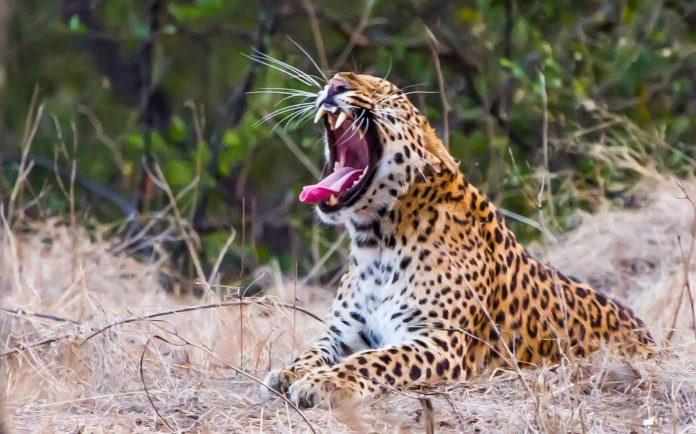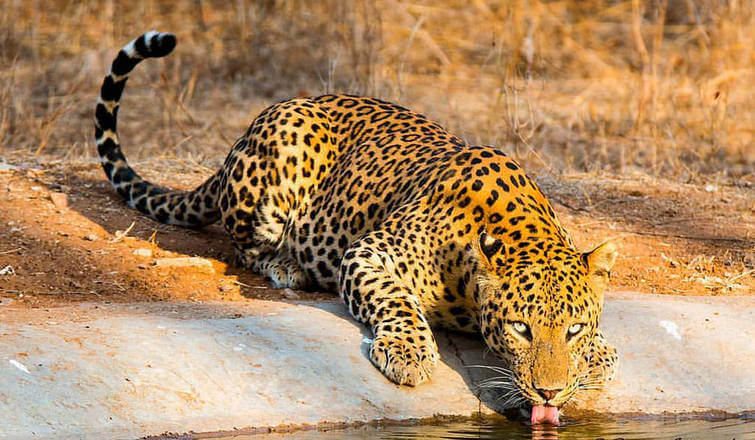
According to the recent Waterhole Census 2018, the leopard count in Jhalana forest area of Jaipur has gone up by 31.5%. Reportedly, the count of leopards has gone up from 19 in 2017 to 25 in 2018. The waterhole census is conducted annually on April 30 for which the forest department monitors 30 water bodies of Jhalana and Galta Forest block for 24 hours.
The figures revealed by the forest department have shown an upward trend every year from 8 in 2014 to 13 in 2015 and 12 in 2016. Apart from the leopards, the langur count has also risen from 445 to 465 between 2017 and 2018. As per the Deputy Conservator of Forest, Jaipur Sudharshan Sharma, the biotic pressure on these animals has been reduced through effective monitoring.
 Image Courtesy: Tour My India
Image Courtesy: Tour My India
Notably, Rajasthan is the first state to launch a project for the conservation of leopards. Under the project, measures like increasing the prey base, mitigation conflicts with humans and control over poaching have been taken to ensure that the leopards have no direct threat to their survival. This project was launched in March 2017 and apparently, the results have been positive.
Apart from the aforementioned animals, the survey has also included species of jackals, hyenas, cheetal, porcupine, and blue bull. Talking about a decline in the population, jackal has seen a drop from 49 in 2017 to 34 in 2018. Moving on, the number of hyenas has reduced from 15 in 2015 to 5 in 2017 and 2018.
Similarly, there were 16 porcupines found in the survey in 2018 which is 1 less than that of the 2017 count. Contrary to this, the cheetal count has increased from 12 to 14 in the last one year.
The forest department will further make efforts to increase the prey base for the leopards that includes cheetal, wild boar, and spotted deer. Overall, there are 508 leopards in the state including 95 in Kumbalgarh, 46 in Mt Abu, 40 in Sita Mata, 35 in Todgarh Raoli, and 28 in Summerpur Panther Reserve.







